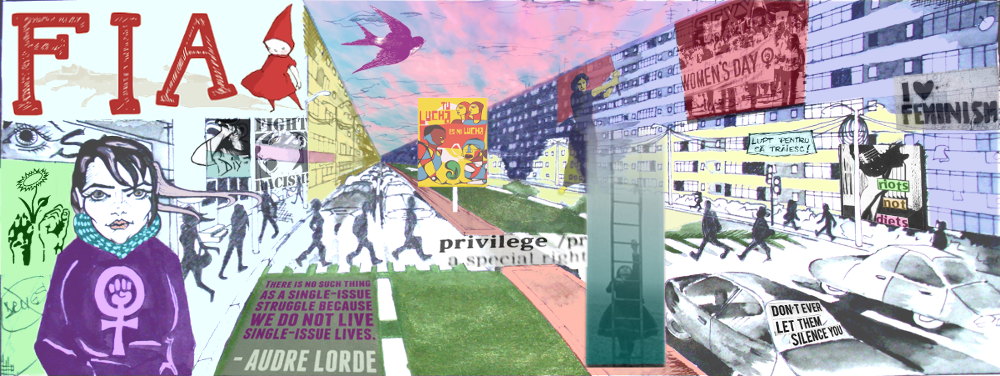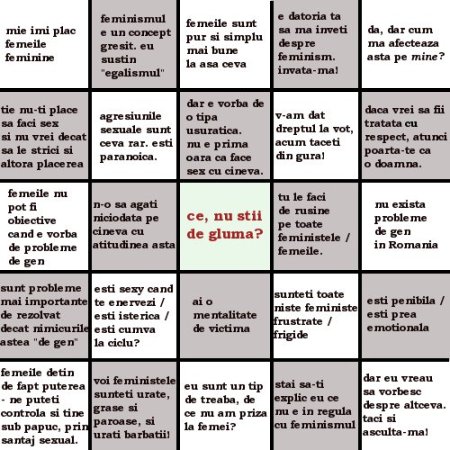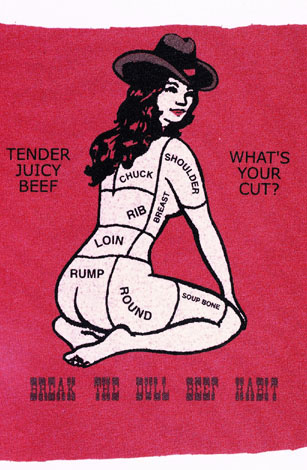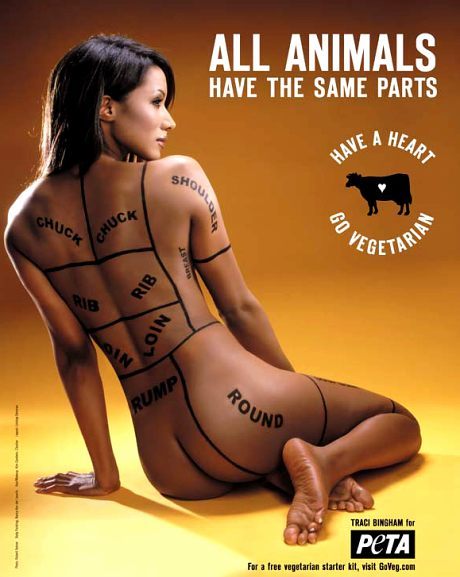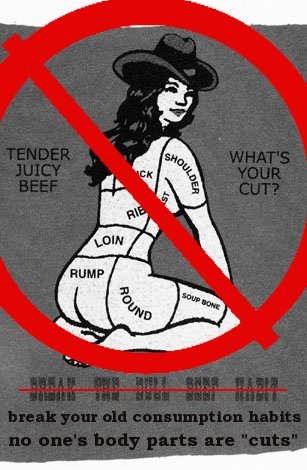Enikő Magyari-Vincze
[“Rasism antitiganesc si simbolistica trupului feminin”]
The attitudes and discourses of politicians, journalists, people from the street or internet users towards the recent act of violence and crime in Italy perpetrated – seemingly – by a Romanian citizen brings to the fore many (re)sentiments and ideas about “who we are”, or about “our” position in relation to those we think are superior/inferior compared to “us”, or about what we think “others” expect from “us” and what expectations “we” may have regarding “them”. Beyond the crime, these reactions symbolically express processes of cultural (self)positioning of people who are perceived and defined as “Romanians in Europe”. These processes take place after the political blessing of Romania’s accession to EU, and they obviously have material and existential consequences for those concerned. One realizes that the interpretation and explanation of a crime carried out in a given place and at a given time by an individual against another is not accidentally framed in particular terms. This is why we need to wonder what all these recounts, narratives and debates are about, what they do represent while also producing the events due to their interpretive power of attributing them certain meanings.
Below I will show that the all too politicized scandal denotes first of all that social exclusion, underlied/justified by the racialization of the excluded individuals or groups, is responsible for the recent anti-gipsy hysteria from Italy and Romania (which on its turn has well-defined political aims). The events also illustrate the way anti-gipsy racism – in order to legitimate and make more popular its actions or to increase its power for mobilization – appropriates and manipulates the female body, which has became on this stage a symbol of the Italian nation jeopardized by intruders perceived through their supposedly inferior (or even criminal) “race”.
In this case, too, trying to figure out what it is happening people make use of the classification systems they have acquired during their socialization as individuals and collectivities. Among them the ethnicized/racialized and the gendered classifications are prominent. The dichotomy between “Europeans” and “Romanians”, “westerners” and “easterners”, “Romanians” and “Roma”, or between “Italian woman” and “Roma man”, as any cultural distinction is produced through everyday social relations, but also in the context of particular political and economic interests. This distinction has well-defined social functions that point beyond the organization of the interpersonal relations on which it is used in a direct way and which it tends to interpret here and now. Because it is a distinction that superficially generalizes personal traits and actions attributing them a presumably universal or group-like character. Traits are not only allocated to groups, but the latter are automatically compared and organized in hierarchies (on different value scales ranging from ‘good’ to ‘bad’, from ‘civilized’ to ‘primitive’ and so on). As a result, certain groups are collectively excluded from the pool of “acceptable” or “normal” people, or even from “humans”. From the perspective of those who have the power to control classifications, but also for those who do not have means for self-representation, the stake of these symbolic games is to establish who is the winner and looser in this messy business and implicitly who deserves access to resources, rights or even life.
In a society that favors the individuals and collectivities belonging to ones own ethnic group and in which people try to explain differences and inequalities resorting to biology, we can expect that in critical situations ethnocracy and racism are going to become more visible and to manifest very intensively. In such cases they will mark social relations as racial by placing all the individuals assumed to belong to a certain category into one (inferior or superior) “race”. Moreover, they will initiate reactions against the “inferior races” (solutions similar to that of Hitler’s, Mussolini’s, or of Antonescu’s) borrowed from a past that suddenly becomes relevant for the present. In addition, racism and ethnocracy racialize traits, activities, phenomena and social problems, consequently anyone who or anything that is seen as inferior, unacceptable, not wanted or outsider, becomes “gipsy” or “gipsy-like”.
Continue reading →
